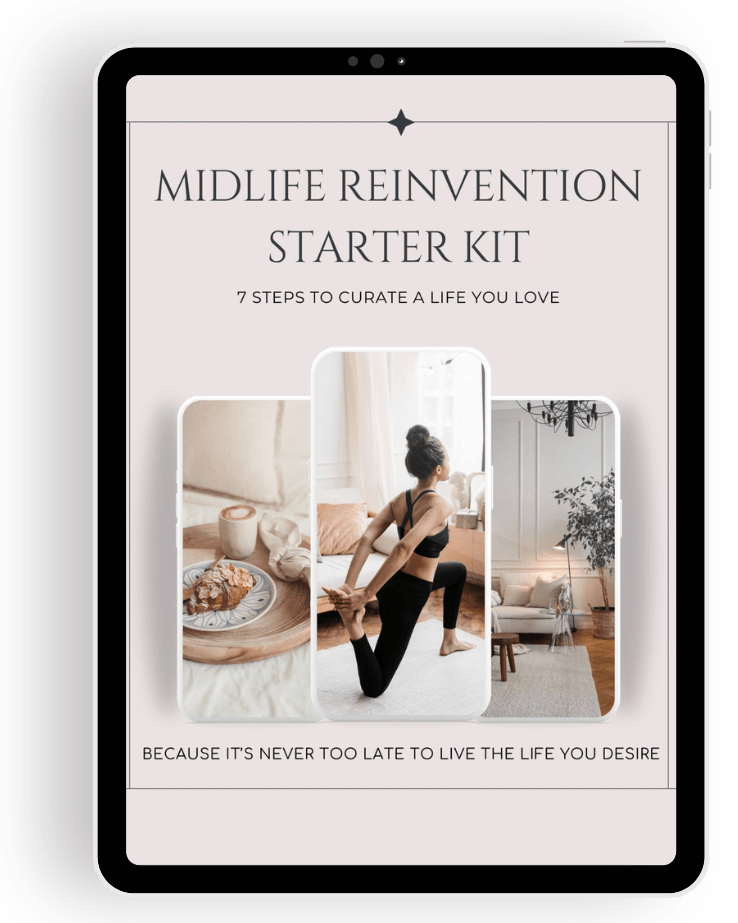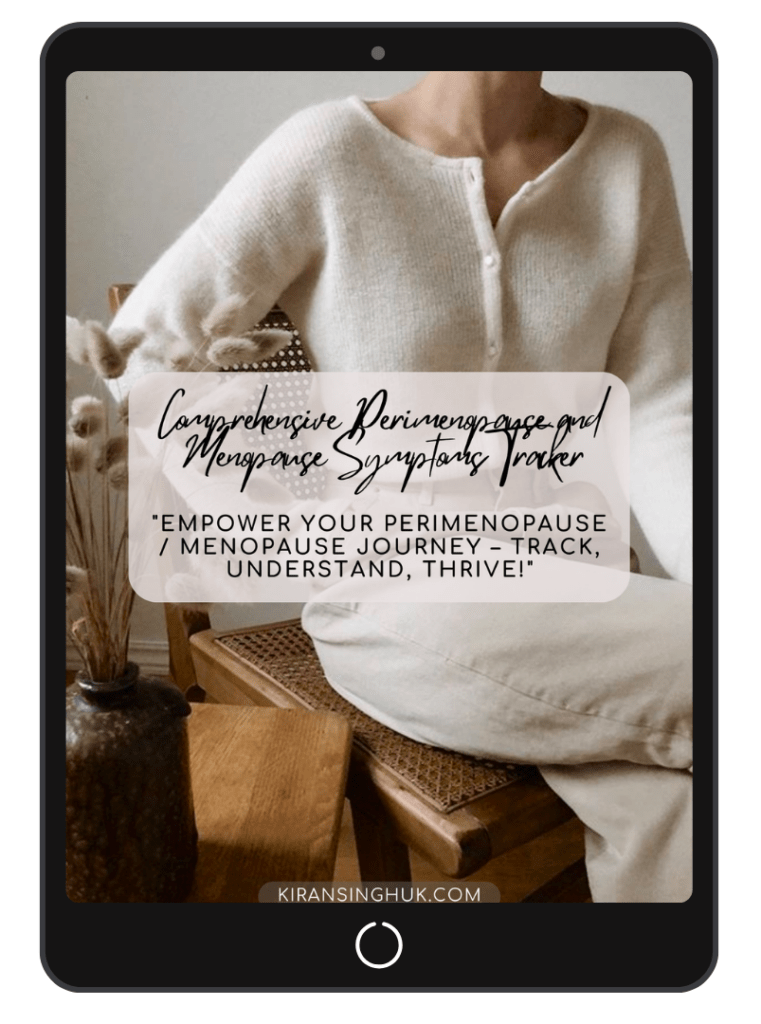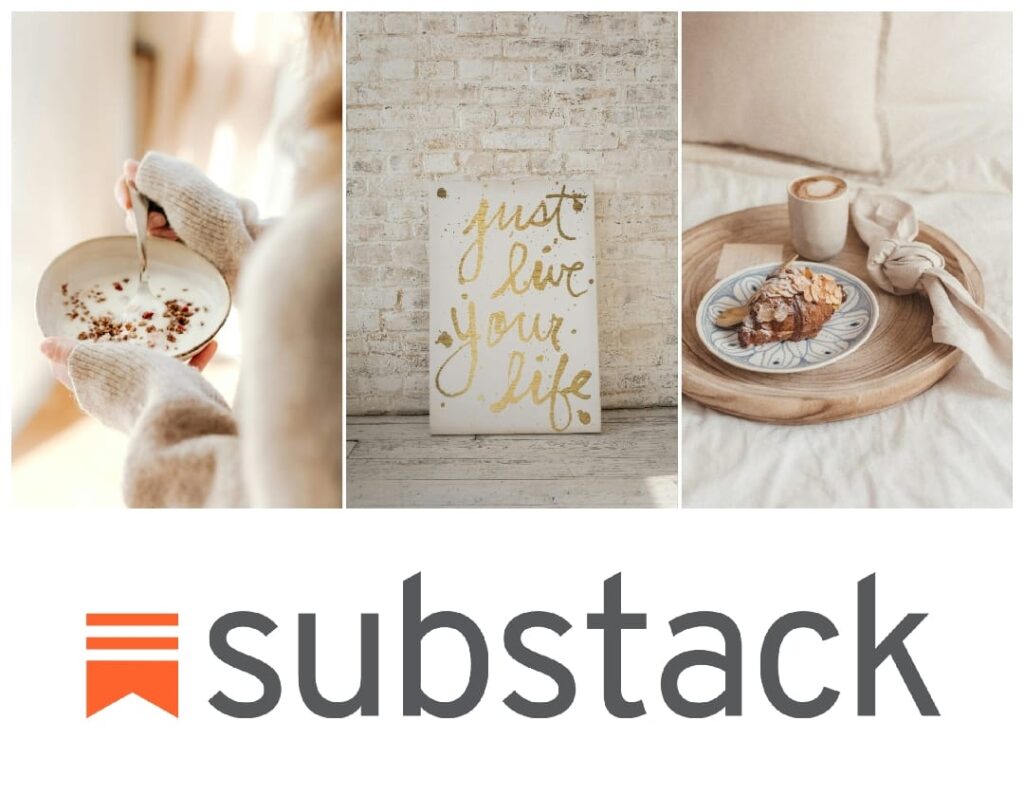Meditation changed my life in ways that I can describe in detail and in other ways in which I have no words. But more than something which has allowed me to get or acquire something else, meditation is my constant companion. Every day, I meditate. And every day I feel the peace that comes from sitting in silence.

I don’t know what brought you to meditation. It could be the desire to get “more” from life, the feeling like there’s really supposed to be more than this. It could be that you feel something’s missing as if you were missing a puzzle piece. Or it could be that you want to achieve something and that you feel meditation will help you do that.
Whatever brought you to meditation, know that there’s something deep within you that wants to reveal itself.
I hope this simple list of tools and resources can help you in your practice.

How to Create Your Meditation Space
1. Determine the purpose of your space
What is the purpose of your space – is it to have a private place for meditation, or to have a shared space with others? Is it to create a serene feeling in your home, or for you to seek inner calm and clarity? The purpose of your space will help you determine where it should be and what you will need.
2. Find a space
A meditation space is a useful tool in anyone’s practice. It’s somewhere you can go when you’re feeling strong emotions and need somewhere to cool off, a place where you can “find yourself” daily, and just somewhere important for practice in general.
You don’t need an entire room for meditation – a corner of a room will do. You could also use an empty, spacious closet {if you have one!}. Based on the purpose of your space, you could make it in the main area of your house, in a corner of your bedroom, or even in your backyard or garden.

3. Decorate your space
Gather your sacred items. My suggestion here is to select one thing for each of the five senses plus something from nature:
- SMELL – Incense is traditional, but a candle or essential oil works well too. Perhaps you bring a rose in one day as you meditate on your love of nature.
- SOUND – A simple meditation bell, peaceful meditation music, Tibetan singing bowl, or the audio of guided meditation.
- TOUCH – Mala beads work nicely as a touchstone to focus on during your meditation.
- SIGHT – Select a meaningful picture or statue of a symbol, image, guru, or saint of your choosing. Again, select something or someone that inspires you.
- TASTE – A glass of water or a cup of tea nearby is a nice addition to your daily meditation ritual.
- NATURE – Don’t forget to include something from nature as one of your sacred items.
What images or objects will fit the purpose of your space? Most people recommend a minimalist approach to decorating a meditation area, in order to avoid distractions.
My space has a Buddha statue, candles, a mist diffuser, and a plant. You might want to incorporate flowers, cushions and pillows, or special lights. I like having blankets and pillows to create a sense of softness.
Choose something that is meaningful to you and sets this area of your home apart.
4. Supply your space
You don’t really need anything to meditate on besides your body and breath. But if you use a meditation pillow and cushion, or a singing bowl, or beads in your practice you could display them.

5. An app (or book/audiobook) for timeless instruction
As I am a beginner myself, I use apps to help with my meditation as I am still learning to quiet down my mind. Meditating on an app is much easier for me. My favourites are ‘Meditation Studio’, ‘HeadSpace’ and ‘Mindifi’.

6. Make your space sacred
By “sacred,” I don’t mean religious or spiritual {although you certainly could make it that if it’s part of your practice}. I mean sacred as in the opposite of mundane. You should associate this area of your home with stillness, with special time for yourself or your family that is devoted to your practice.
7. Sit
Now, sit in your space and try it out. Not comfortable yet? Add as many cushions, pillows, and blankets as necessary. (Some teachers advise otherwise, but I feel that you should do whatever you can to be comfortable.)

8. Time
Set a dedicated time for meditation and do everything in your power to stick to it. Don’t schedule anything on top of this time, you need to act like it’s important, even if you’re just starting out.

9. Comfortable clothing
Wear something comfortable, the last thing you want to do is to be wearing skinny jeans and a tight top. I love my tank top and lounge trousers from Amara Living. They’re very comfortable and super soft on my skin.
10. Change it now and then
Don’t be afraid to change it up every now and then. Perhaps while out walking one day, you see a beautiful rock or twig that speaks to you. Bring it into your meditation space and use it as a focal point for a few days.
With that said, I hope your meditation practice helps you find what you’re looking for, even if you don’t quite yet know what that is.
Do you want to bring more mindfulness into your life? Introducing a regular meditation practice into your life is a great way to do just that.


Feel free to sign up to my Friday Morning Love Note HERE! This isn’t just a newsletter - it’s your invitation to pause, reflect, and realign with you. Every week, we’ll journey together to uncover the small, meaningful shifts that will help you design a life that feels uniquely and beautifully yours. Each week, I’ll deliver fresh intentions, uplifting tips, and simple shifts to inspire purposeful, creative living.





[…] RELATED: Creating your own Meditation Practice at Home […]
[…] a new meditation practice, a gratitude practice, or journaling. Working out your thoughts and taking care of your […]
[…] RELATED: Creating your own Meditation Practice at Home […]
[…] RELATED: Creating your own Meditation Practice at Home […]
[…] RELATED: Creating your own Meditation Practice at Home […]
[…] find time for meditation or […]
[…] Taking after yourself is imperative for staying strong on your journey, no one can hustle 24/7… that’s how you get burnout, so make sure that you include self-care in your daily routine, even if it is something as small as being mindful when you wash your face or taking 10 minutes to meditate. […]
[…] that future can help you choose a logical next step that’s in harmony with your desires. Meditation, journal writing, taking a class, and other creative activities may inspire you and provide insight […]
[…] gentle reminder: If it’s been two days, two weeks or two months since you’ve meditated/journaled/worked out, just bounce back ~ don’t overthink […]
[…] RELATED: Creating Your Own Meditation Practice at Home […]
[…] RELATED: Creating your own Meditation Practice at Home […]
[…] | RELATED: Creating your own Meditation Practice at Home & The Importance of Walking […]
[…] RELATED: Creating your own Meditation Practice at Home […]
[…] Meditate for at least five minutes. READ: Creating your own Meditation Practice at Home […]
[…] READ MORE: Creating your own Meditation Practice at Home […]
[…] mind is complicated, but meditation doesn’t have to be. Untangle your mind with Meditation Studio. Get a diverse selection […]
[…] Practices: What mindfulness techniques have you tried (e.g., meditation, deep breathing, yoga)? How have they impacted your mental and emotional […]
[…] RELATED: Creating your own Meditation Practice at Home […]
[…] READ MORE: Are you thinking of upgrading your productivity systems? READ MORE: Creating your Meditation Practice at Home […]
[…] Meditate […]
[…] wellness can be achieved through a variety of practices and activities, such as meditation, prayer, yoga, spending time in nature, volunteering, and engaging in self-reflection. It is […]
[…] RELATED: Creating Your Own Meditation Practice at Home […]